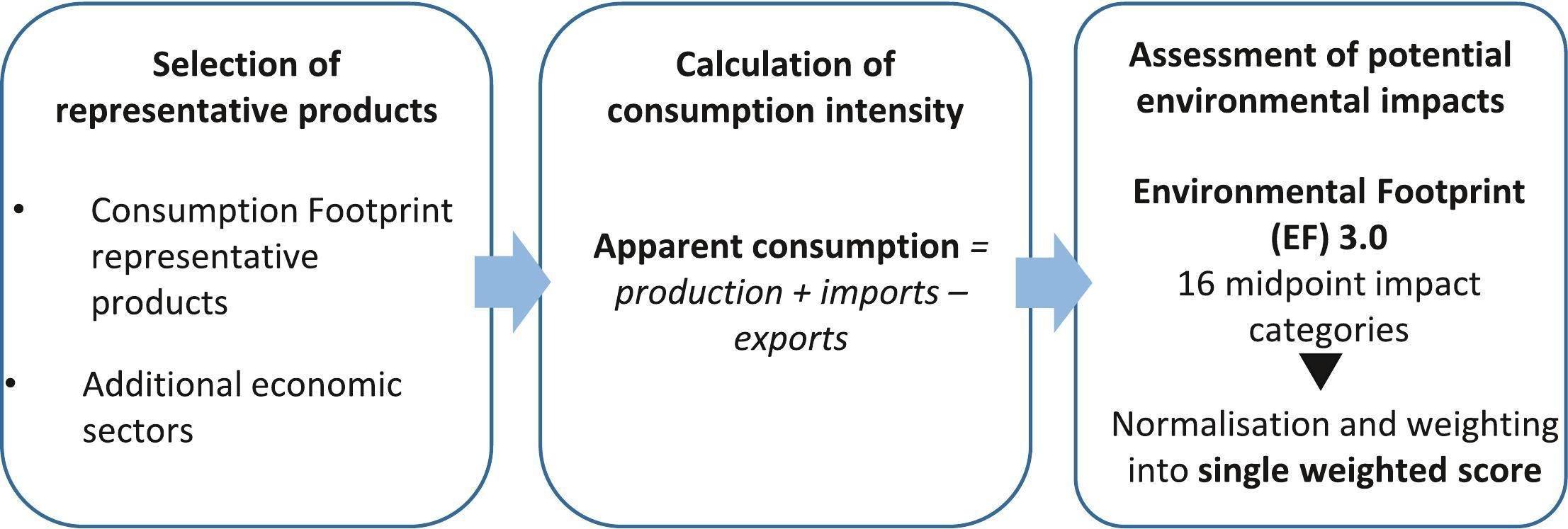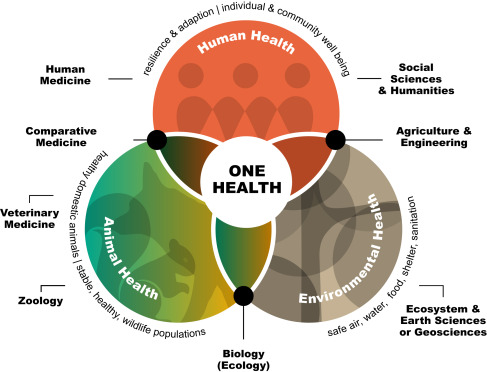The gender pay gap has declined slightly, although the majority of organisations continue to have a gap in favour of males. This article explores a number of statistics covering pay and bonus gaps, with details of broad sector and industry, and relates to SDG 5, Gender Equality.
To determine parent based perceptions of a SEND cycle training programme, factors which predict intention to cycle more and ongoing barriers to cycling.
This Article supports Sustainable Development Goal 3 by showing a positive association between hearing loss without hearing aid use and dementia in adults aged 40-69 years in the UK. The authors analysed all-cause dementia, as well as specific types including Alzheimer's disease. Hearing loss was associated with increased risk of dementia, and using hearing aids was associated with a similar risk of dementia to no hearing loss, suggesting that hearing aid use in people with hearing loss could reduce dementia risk.
This paper explores the potential implementation of the Consumption Footprint rationale to define a footprint indicator for the EU Bioeconomy, henceforth ‘Bioeconomy Footprint’. This indicator can be a powerful tool for a comprehensive and effective monitoring of the bioeconomy sectors: to capture environmental impacts over time, identifying environmental hotspots, highlighting geographic and sectorial trade-offs, and identifying burden shifts among impact categories and along the supply chain.
Results from this study contribute to define a complete set of environmental and social data and information, which can help European decision makers to define new criteria for sustainable management of the waste plastics of interest. A new methodological approach has been proposed: it appears able to be applied in future research projects involving innovative management options.
This Article supports SDG 3 by evaluating the effects of a behavioural intersectional stigma coping intervention on stigma and care use. They found that the brief intervention did not change stigma manifestations or drug use behaviours but did reduce the impact of stigma as a barrier to care use.
This Article supports SDG 3 by analysing follow-up data from over 200 000 people with HIV from 20 cohorts in North America and Europe who had started ART up to 20 years previously, and showing that estimated life expectancy for people with HIV on long-term ART with high CD4 cell counts is only a few years lower than that in the general population, irrespective of when ART was started.
This article, relating to SDGs 7 and 13, details Europe's race to maintain its position as a leader in renewable energy as global green wars intensify. Although Europe is investing heavily in new green technologies, they face significant challenges including increasing competition from countries like China and the US, as well as political and economic challenges.
This study contributes to Goal 15 - Life on Land because it shows that tree growth to temperature change is a combination of short-term plastic and long-term adaptive reactions, and it suggests a limited adaptation to climate warming of trees growing at high altitudes. Such studies remind us that Life on Land as we know it currently will only be possible through conservation of natural ecosystems.
One Health and the Exposome embrace a broad view of human health and its environmental drivers as well as provide various tools and modes of operation to systematically uncover pathways linking poor health outcomes with their root causes to inform interventions supporting the WHO SDG3.



